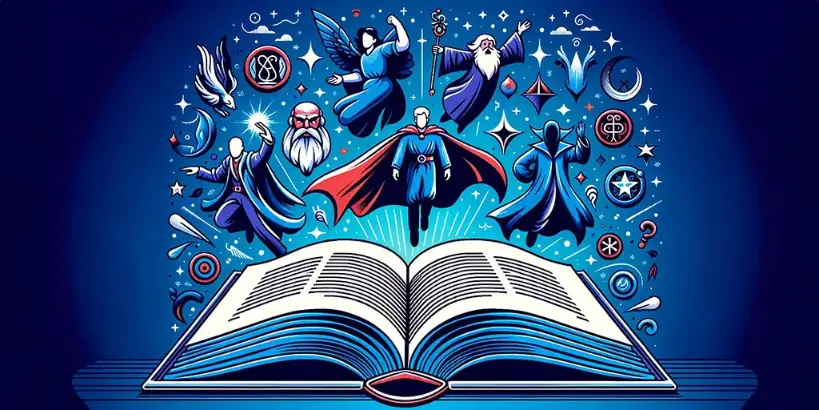Ever wonder why certain characters in literature or film seem oddly familiar, even if you’re meeting them for the first time? Why does the rebel, the hero, or the mentor strike a chord deep within us, transcending culture and time? It’s all thanks to the magic of character archetypes. Dive with me into this enthralling realm, and by the end, you’ll grasp the profound impact and significance of character archetypes in the tapestry of storytelling.
What Is a Character Archetype? (Definition)
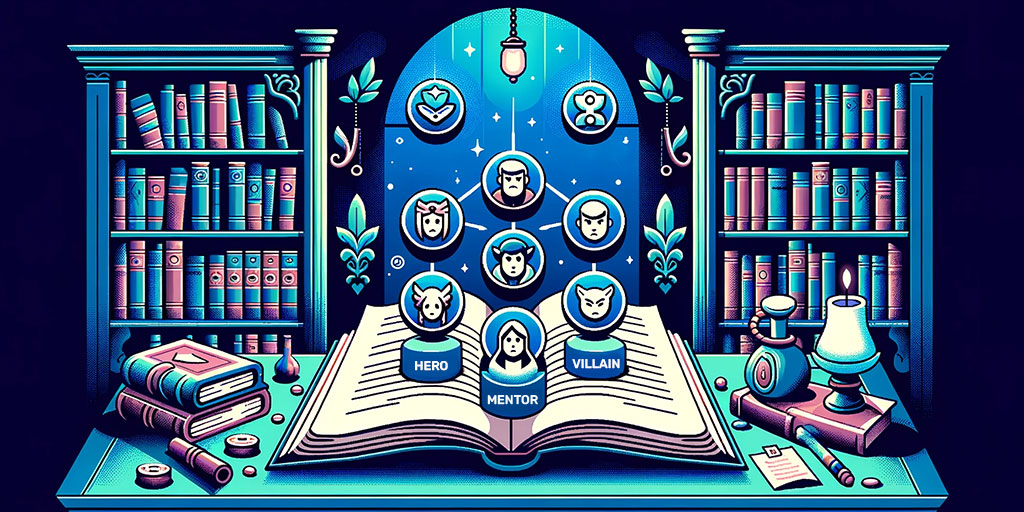
An archetype, at its core, is a universal symbol or pattern that recurs throughout literature, art, and myths from various cultures around the world. Think of it as a kind of blueprint or mold; it’s a foundational idea or concept that gets filled with the specifics of individual stories and characters.
In the realm of characters, an archetype represents a set of traits, behaviors, and roles that a character embodies. For instance, the “Hero” is an archetype that we’ve seen from ancient Greek epics to modern blockbusters. They might have different names, backgrounds, or challenges, but their fundamental nature remains consistent. They represent universal experiences, feelings, and challenges that resonate with readers and viewers on a deep, instinctual level.
But what makes archetypes so enduring? It’s their ability to tap into our collective unconscious – a term coined by psychologist Carl Jung. He believed that these archetypes emerge from a shared set of myths, dreams, and narratives that have been passed down through generations. They’re not just random character templates; they’re embedded in the very fabric of our psyche.
In essence, when you encounter a character archetype in a story, you’re not just meeting a fictional entity. You’re connecting with a timeless symbol, a representation of a shared human experience. Intriguing, right?
Now, you might be wondering how character archetypes differ from stereotypes or stock characters. Well, let’s delve into that next!
Character Development Quiz (Easy)
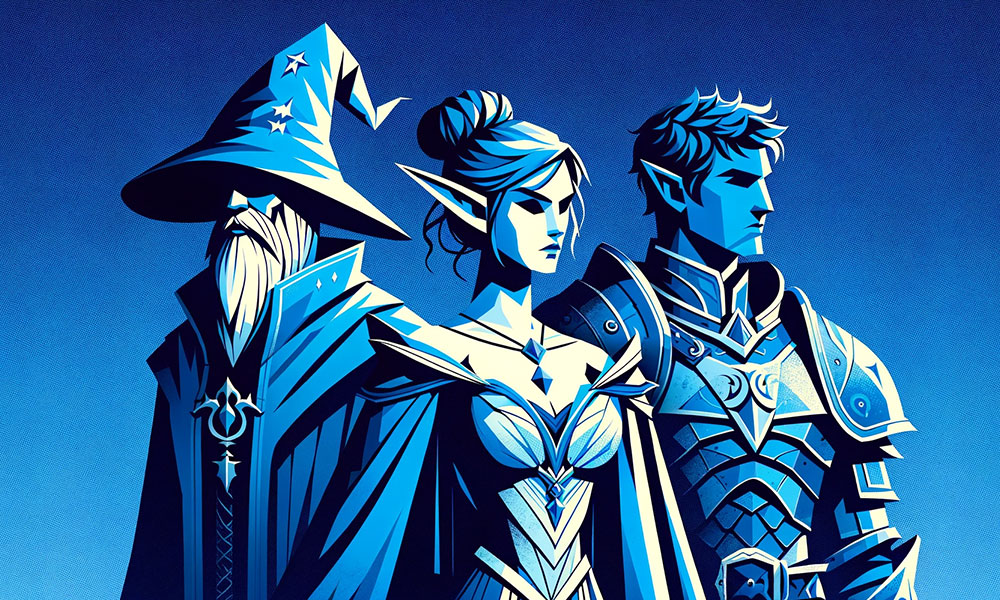
Archetype vs. Stereotype vs. Stock Characters vs. Clichés

In the vast storytelling landscape, certain terms often overlap or are misused. To weave a compelling narrative, it’s essential to understand the distinctions. Here’s a deeper dive:
- Archetypes: Foundational blueprints for characters, they resonate within our collective psyche. Emerging from timeless tales and myths, they present universal symbols and themes that connect cultures.
- Stereotypes: Fixed and generalized beliefs or traits attributed to specific groups. While offering quick recognition, they might stem from biases and potentially propagate uninformed views.
- Stock Characters: Recurring figures in literary or artistic works, they come equipped with a set of standardized traits. Recognizable at a glance, they sometimes miss the depth seen in more dynamic characters.
- Clichés: These are ideas, expressions, or elements so overused in storytelling that they’ve lost their freshness and impact. They’re predictable and, more often than not, signal a lack of originality.
To better elucidate the distinctions and nuances between these concepts, let’s examine them side-by-side in a comprehensive overview:
| Term | Key Features | Examples | Usage in Storytelling | Potential Pitfalls |
|---|---|---|---|---|
Archetype | Universal symbols rooted in collective consciousness; abundant in global myths | Hero, Mentor, Trickster | Provides a framework, making characters universally relatable. | Can become formulaic if not infused with unique traits or fresh angles. |
Stereotype | Broad generalizations; often biased; typically lacks depth | All techies wear glasses; Boys don’t cry | Quick character recognition but might be surface-level. | Risks being one-dimensional and might misrepresent or offend certain groups. |
Stock Character | Predictable traits; genre-specific; usually lacks character evolution | Sidekick, Femme Fatale, Wise Elder | Streamlines storytelling with familiar figures, offering immediate recognition. | Characters can feel overused, making a story seem derivative. |
Cliché | Overused scenarios or expressions; predictable and lacking in novelty | “The apple doesn’t fall far from the tree.” | Offers familiar ground for audiences, making content easily digestible. | Can dull the narrative, stripping away its uniqueness and memorability. |
Harnessing these terms effectively can significantly enrich a narrative, weaving a tale that’s both captivating and resonant.
20 Character Archetypes
Unraveling the world of character archetypes is like opening a treasure chest of storytelling jewels. Each archetype brings unique strengths, weaknesses, and potential storylines. Let’s dive in!
1. The Hero
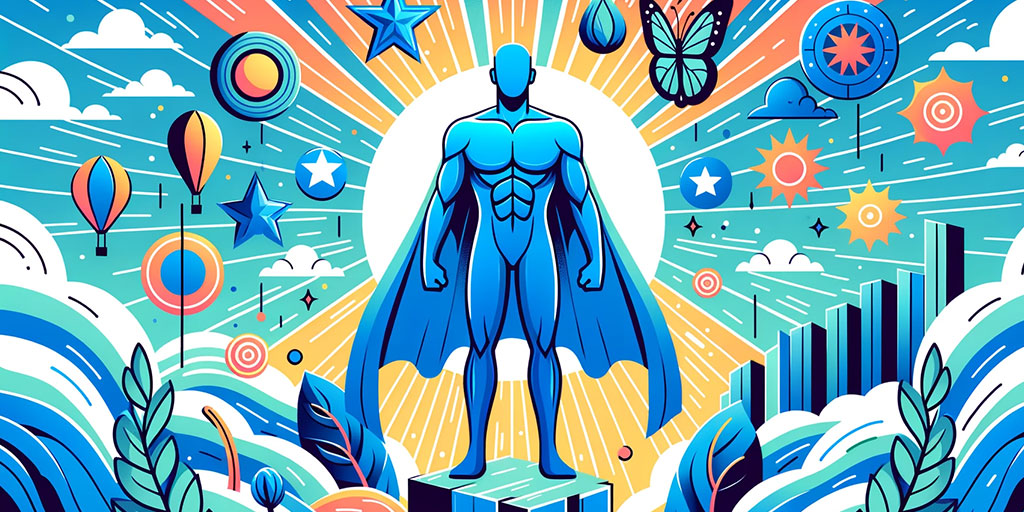
The Hero is often the protagonist of the story, representing courage, determination, and moral righteousness. They embark on a journey, facing challenges and adversaries, ultimately aiming for a significant achievement or transformation.
- Strengths: Brave, self-sacrificing, determined, honorable
- Weaknesses: Naivety, overconfidence, can be single-minded
- Examples: King Arthur, Luke Skywalker (Star Wars), Harry Potter
2. The Villain

Representing the dark side or the antagonist, the Villain often opposes the hero’s journey. While they may have their motivations, they embody malevolence, deceit, and the urge to thwart good.
- Strengths: Cunning, resourceful, persistent, charismatic
- Weaknesses: Over-ambitious, lacks empathy, can be blinded by their goals
- Examples: Sauron (Lord of the Rings), Iago (Othello), Lord Voldemort (Harry Potter)
3. The Mentor

The Mentor provides guidance, wisdom, and training to the hero, often preparing them for the challenges ahead. They’re the beacon of knowledge and often have a past that resonates with the hero’s journey.
- Strengths: Wise, experienced, protective, insightful
- Weaknesses: Sometimes over-cautious, can hold back to let the hero learn
- Examples: Gandalf (Lord of the Rings), Mr. Miyagi (Karate Kid), Dumbledore (Harry Potter)
4. The Lover

Passionate and driven by their heart, the Lover seeks connection, intimacy, and a profound bond. They can be a romantic interest or represent a deeper desire for unity and understanding.
- Strengths: Empathetic, passionate, nurturing, devoted
- Weaknesses: Can be blinded by love, overly emotional, vulnerable
- Examples: Juliet (Romeo and Juliet), Bella Swan (Twilight), Elizabeth Bennet (Pride and Prejudice)
5. The Everyman

Relatable and grounded, the Everyman represents the common person. They stand for the ordinary, the relatable aspects that resonate with the general audience.
- Strengths: Adaptable, relatable, genuine, resilient
- Weaknesses: Lacks specialized skills, can be overly skeptical
- Examples: Bilbo Baggins (The Hobbit), Arthur Dent (The Hitchhiker’s Guide to the Galaxy), Nick Carraway (The Great Gatsby)
6. The Rebel
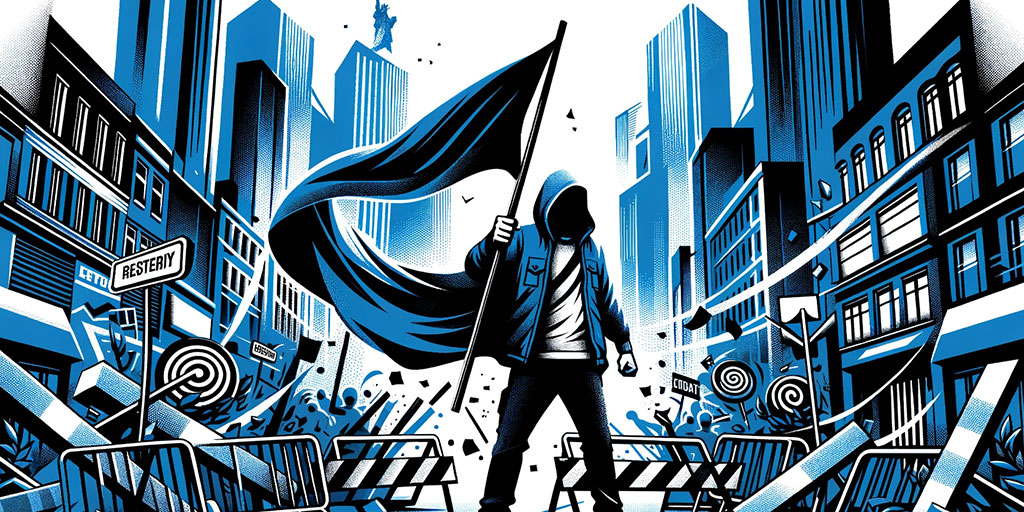
Often challenging the status quo, the Rebel stands against established norms, seeking change or revolution. They are driven by a sense of justice or a desire to reshape the world.
- Strengths: Fearless, independent, innovative, passionate
- Weaknesses: Impulsive, can be self-destructive, mistrustful
- Examples: Katniss Everdeen (The Hunger Games), Tyler Durden (Fight Club), V (V for Vendetta)
7. The Magician

Embodied with a sense of wonder, the Magician is the master of transformation, using knowledge or supernatural powers to alter realities and perceptions.
- Strengths: Wise, transformative, visionary, influential
- Weaknesses: Can be manipulative, secretive, overly ambitious
- Examples: Merlin (Arthurian Legends), Dr. Strange (Marvel Universe), The White Witch (The Chronicles of Narnia)
8. The Caregiver
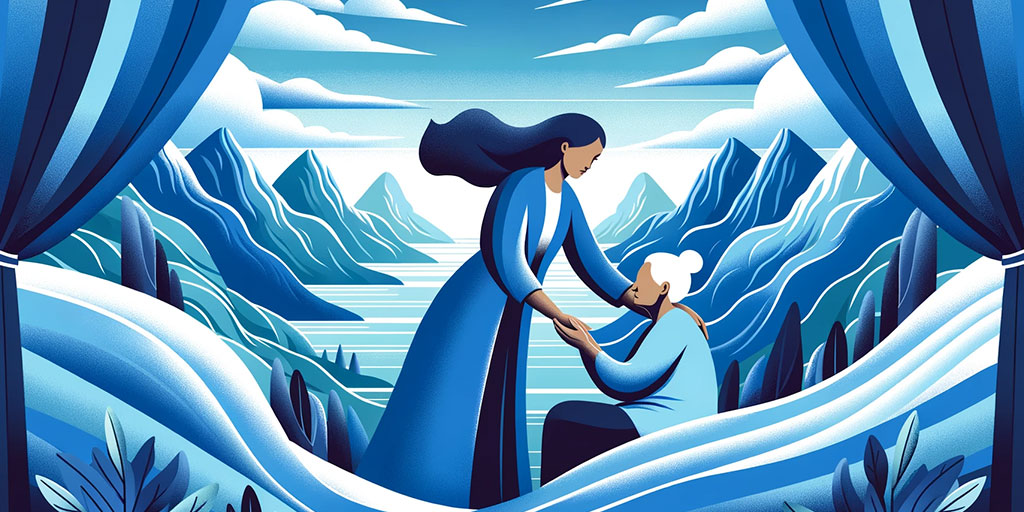
Selfless and nurturing, the Caregiver is driven by the urge to protect, heal, and support others, often sacrificing their needs in the process.
- Strengths: Compassionate, selfless, nurturing, reliable
- Weaknesses: Can be overprotective, self-sacrificing to a fault, overly emotional
- Examples: Samwise Gamgee (Lord of the Rings), Marmee (Little Women), Hagrid (Harry Potter)
9. The Jester
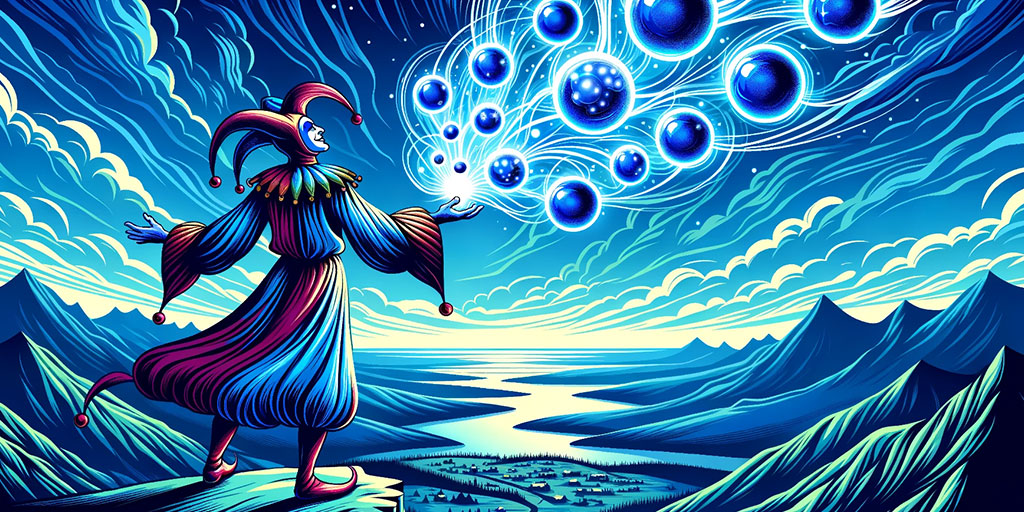
Living in the moment, the Jester seeks joy and laughter, often using humor as a tool or weapon. They remind others of the importance of happiness and not taking life too seriously.
- Strengths: Witty, joyful, adaptive, insightful in their humor
- Weaknesses: Sometimes irresponsible, can be dismissive of serious matters
- Examples: Puck (A Midsummer Night’s Dream), The Joker (Batman), Olaf (Frozen)
10. The Ruler
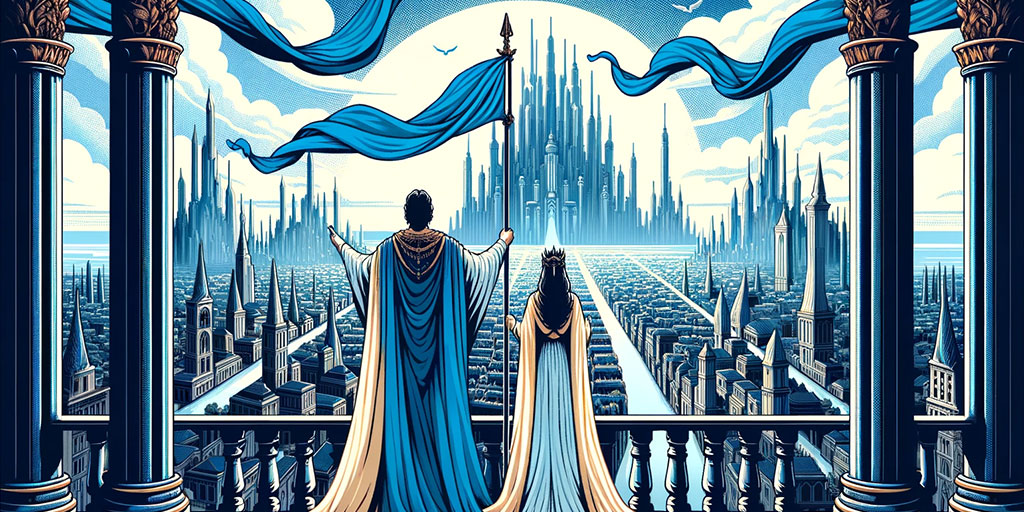
Exuding authority, the Ruler seeks control, stability, and order. They often hold positions of power, guiding or dictating the course of their domain.
- Strengths: Leadership, strategic, authoritative, responsible
- Weaknesses: Can be domineering, inflexible, detached
- Examples: King Mufasa (The Lion King), Queen Elizabeth II (The Crown), Aragorn (Lord of the Rings)
11. The Guardian

The stalwart defender and protector, the Guardian stands as a barrier between threats and the vulnerable, often valuing duty above all else.
- Strengths: Loyal, vigilant, self-sacrificing, steadfast
- Weaknesses: Can be overly cautious, resistant to change, sometimes narrow-minded
- Examples: Boromir (Lord of the Rings), Brienne of Tarth (Game of Thrones), Baymax (Big Hero 6)
12. The Explorer

Driven by the thrill of discovery, the Explorer seeks new experiences, knowledge, and horizons, often breaking boundaries in their quests.
- Strengths: Adventurous, independent, resilient, curious
- Weaknesses: Restless, can be aimless, risk-taker to a fault
- Examples: Indiana Jones, Captain Jack Sparrow (Pirates of the Caribbean), Dora (Dora the Explorer)
13. The Herald
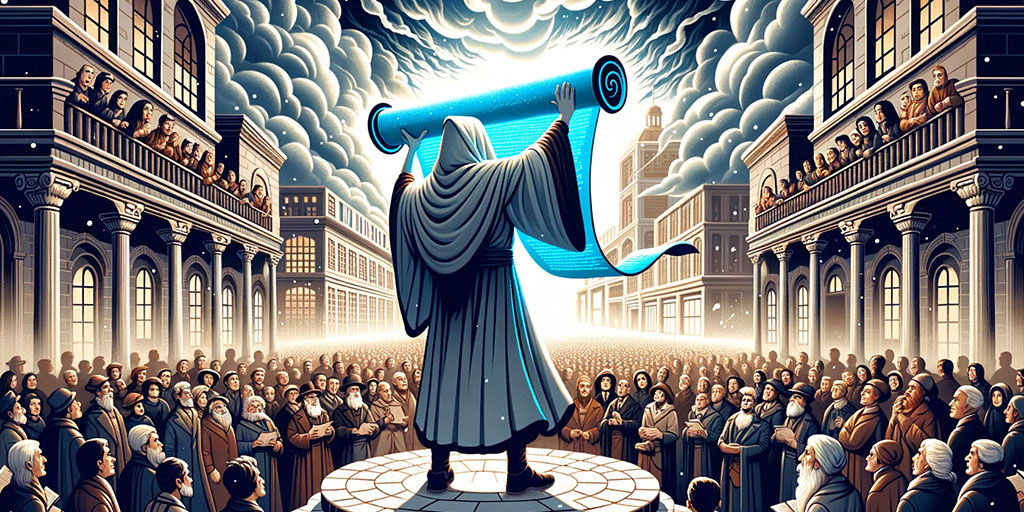
Often acting as a catalyst, the Herald brings news or signals the impending challenge or transformation, setting the hero’s journey into motion.
- Strengths: Truthful, enlightening, transformative, objective
- Weaknesses: Can be blunt, detached, sometimes seen as a bearer of bad news
- Examples: Rafiki (The Lion King), The White Rabbit (Alice in Wonderland), John the Baptist (Biblical stories)
14. The Orphan
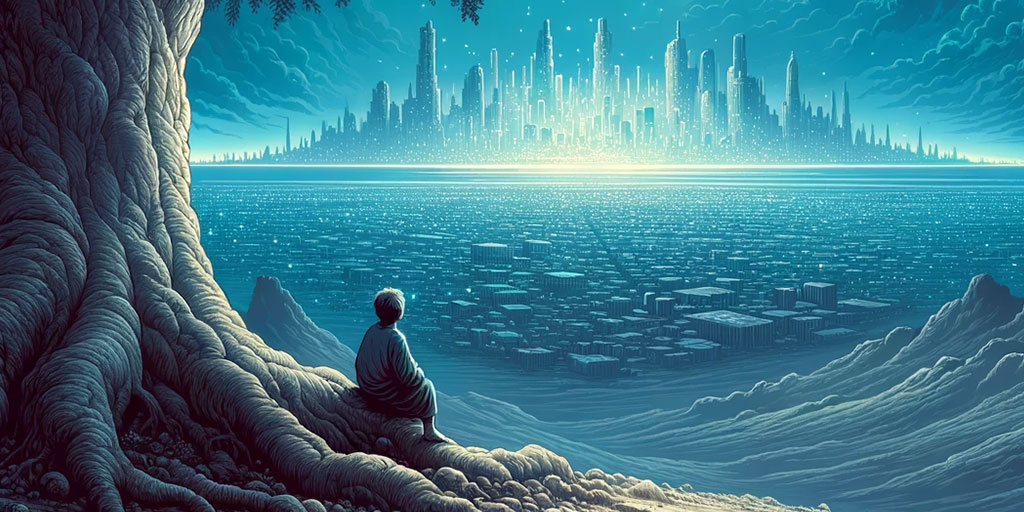
Representing the universal human search for belonging, the Orphan seeks to regain the comfort of the womb and find their place in the world.
- Strengths: Empathetic, resilient, resourceful, seeks connections
- Weaknesses: Can feel perpetually outside, vulnerable, sometimes mistrustful
- Examples: Cinderella, Harry Potter, Oliver Twist
15. The Innocent

Characterized by optimism, purity, and moral virtue, the Innocent sees the world through a lens of wonder and simplicity. They often embark on a quest for an ideal or a paradise.
- Strengths: Optimistic, pure-hearted, trustworthy, hopeful
- Weaknesses: Naive, can be overly trusting, sometimes lacks worldly experience
- Examples: Snow White, Dorothy (The Wizard of Oz), Luke Skywalker (early in Star Wars)
16. The Damsel
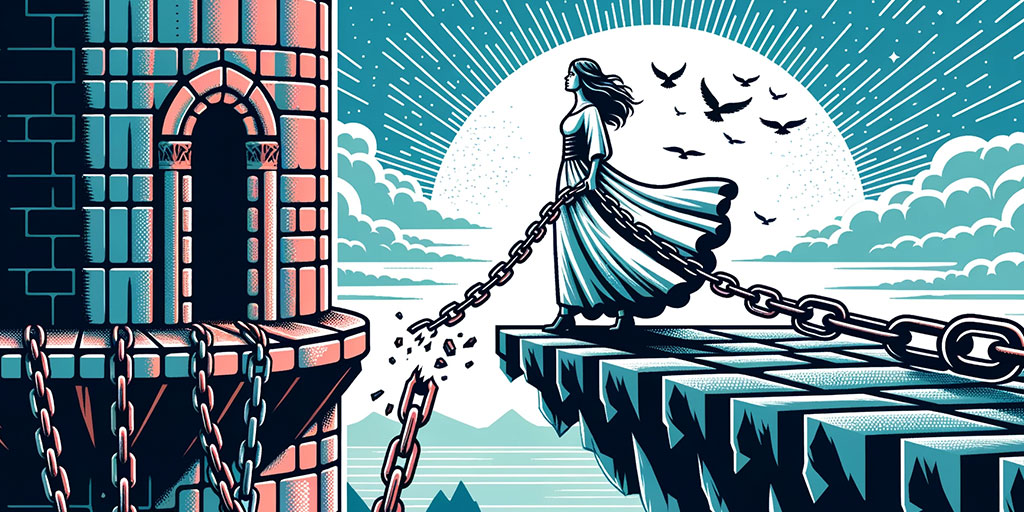
Traditionally in distress and in need of rescue, the Damsel represents vulnerability and purity. In modern narratives, the Damsel can also take control of their destiny.
- Strengths: Alluring, empathetic, inspiring others to action
- Weaknesses: Passive, can be overly reliant on others, vulnerable
- Examples: Princess Peach (Super Mario), Rapunzel (Tangled), Elizabeth Swann (Pirates of the Caribbean)
17. The Trickster

Using wit, cunning, and mischief, the Trickster challenges the status quo and uses clever means to circumvent obstacles, often bringing about change in the process.
- Strengths: Clever, adaptive, witty, transformative
- Weaknesses: Deceptive, unpredictable, can be self-serving
- Examples: Loki (Norse Mythology), Bugs Bunny, Jack Sparrow (Pirates of the Caribbean)
18. The Shapeshifter
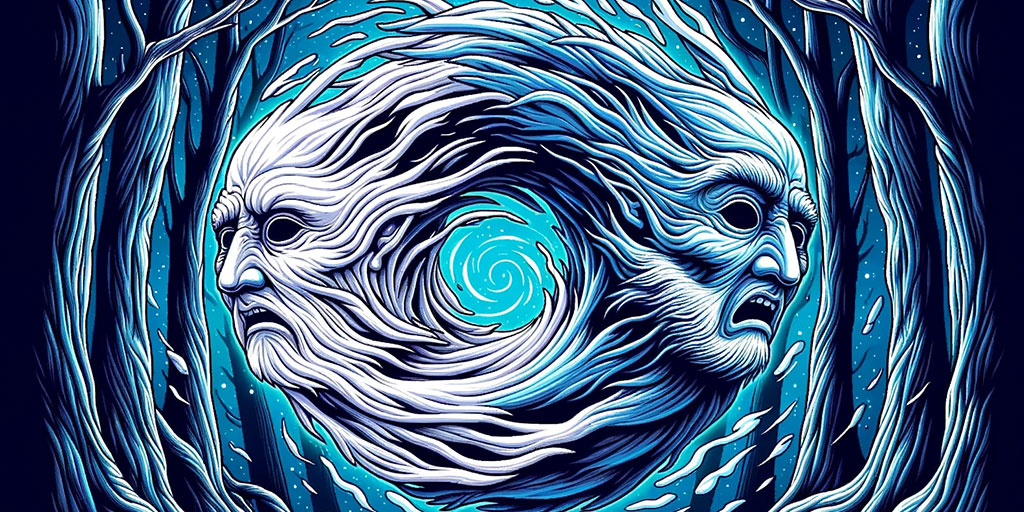
Elusive and complex, the Shapeshifter’s loyalties and nature are uncertain, creating tension and doubt. They oscillate between ally and enemy, keeping others off-balance.
- Strengths: Adaptable, mysterious, versatile, dynamic
- Weaknesses: Unpredictable, can be deceptive, unclear loyalties
- Examples: Mystique (X-Men), Severus Snape (Harry Potter), The Evil Queen (Snow White)
19. The Bully

Driven by insecurity or pain, the Bully seeks to dominate, control, or harm others, often representing the hero’s external or internal adversities.
- Strengths: Dominant, intimidating, relentless, powerful
- Weaknesses: Insecure at the core, can be impulsive, often lacks empathy
- Examples: Draco Malfoy (Harry Potter), Biff Tannen (Back to the Future), Gaston (Beauty and the Beast)
20. The Ally

Loyal companions to the hero, the Ally offers support, advice, and companionship, often playing a crucial role in the hero’s journey.
- Strengths: Loyal, supportive, resourceful, dependable
- Weaknesses: Sometimes overshadowed, can be overly reliant on the hero
- Examples: Samwise Gamgee (Lord of the Rings), Ron and Hermione (Harry Potter), Chewbacca (Star Wars)
Each archetype offers a rich tapestry of characteristics, strengths, and weaknesses that can be woven into compelling narratives. Recognizing and harnessing them can provide depth, relatability, and dynamism to your stories.
How to Use Character Archetypes
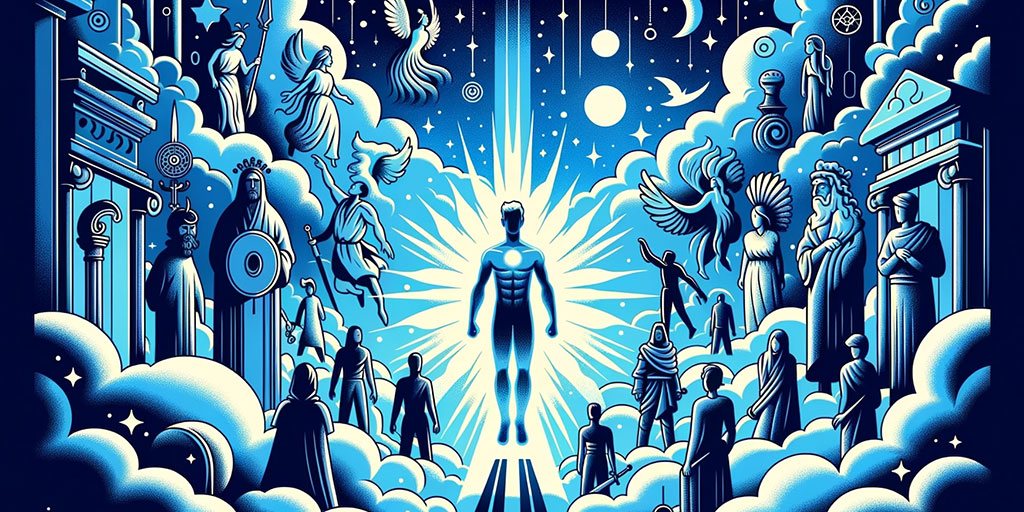
Character archetypes can be powerful tools in storytelling, providing a foundation upon which complex and memorable characters can be built. Their universal nature ensures they resonate deeply with audiences, but their effective use requires more than mere surface-level application.
1. Understand the Essence
Before slotting a character into an archetype, it’s crucial to understand the archetype’s core. This goes beyond the basic definition. What universal truths does it represent? What are its historical and cultural implications? By grasping the essence, you create characters that resonate authentically. For instance, the Hero represents more than bravery; it embodies sacrifice, evolution, and the journey from ignorance to enlightenment.
2. Mix and Match for Complexity
While archetypes serve as excellent foundational tools, characters gain depth when they’re multifaceted. Don’t hesitate to mix elements from different archetypes. A character that primarily fits the Caregiver mold could have moments that resonate with the Trickster, adding unexpected layers and making them more engaging.
3. Subvert and Challenge Expectations
One of the most captivating ways to use archetypes is to subvert them. Start with an archetype’s traditional traits and then twist them, or have the character evolve in a way that challenges the audience’s expectations. This not only adds unpredictability but also comments on the fluidity of human nature.
4. Allow Character Growth
Characters should be dynamic. While they might start the story as one archetype, their experiences and growth might push them towards another. This evolution can be the cornerstone of character development, highlighting their journey and making it more relatable to the audience.
5. Tailor to Your Setting
Archetypes, though universal, can and should be tailored to fit the specific world, era, and culture of your story. By doing this, you infuse the age-old archetype with nuances unique to your narrative’s setting. This contextual adaptation ensures that while the character feels familiar due to the archetype, they also feel fresh and specific to your story.
6. Archetypes as Foundations
While it’s beneficial to begin with an archetype in mind, don’t let it limit your character’s depth or range. Think of archetypes as the launching pad. As your narrative progresses, allow your characters to break the mold, adding layers of complexity, personal quirks, and individual growth.
7. Remember the Pitfalls
Every archetype has its clichés. Knowing these can help you avoid making your characters feel stale or predictable. Challenge yourself to think beyond the obvious traits of an archetype, bringing in personal experiences, varied influences, and unique twists to keep things fresh.
Harnessing the power of archetypes requires a balance of respect for their universal nature and the creativity to make them your own. By doing so, you can create characters that deeply resonate while still feeling fresh and unique to your narrative.
How to Write Character Archetypes
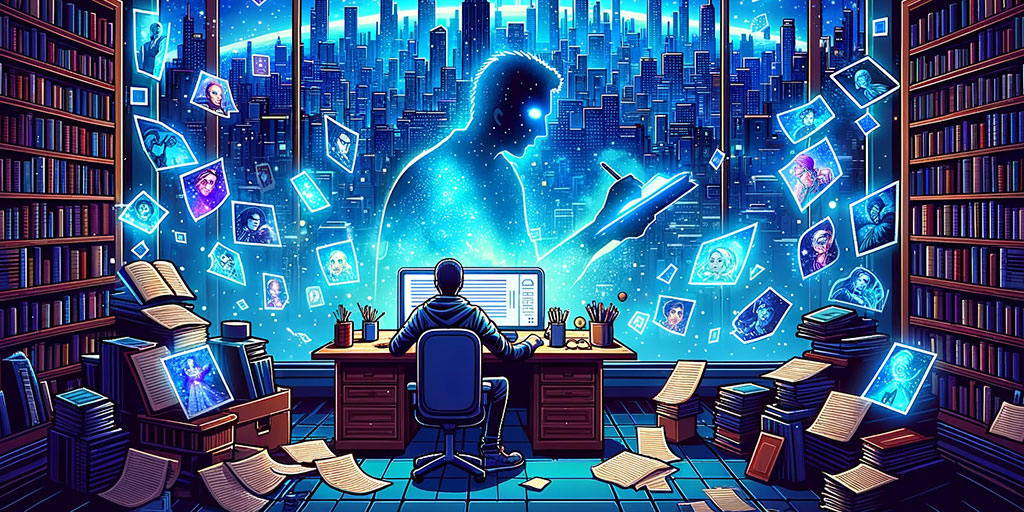
Creating characters based on archetypes melds universal resonances with individual nuances. This delicate balance ensures characters that are both familiar and fresh to readers. In this section, we’ll delve into the intricacies of crafting such characters, ensuring they stand out in your narrative.
1. Start With Research
Before diving into writing, invest time in researching various archetypes. Familiarize yourself with their origins, common traits, and the psychological underpinnings that make them resonate universally. This foundational knowledge will give you a solid ground to build upon.
2. Identify Your Story’s Needs
Every story has its unique requirements. Are you writing an epic quest? You might need a Hero, a Mentor, or a Guardian. A romantic tale? The Lover archetype could come into play. Understand what your narrative demands and choose archetypes that align with its essence.
3. Sketch a Character Profile
Begin by sketching a rough profile of your character. List down their basic traits, desires, fears, and challenges. While this profile will evolve as you delve deeper into the writing process, having a starting point can be immensely helpful.
4. Add Personal Details
While the archetype provides a general mold, the devil is in the details. Infuse your character with personal histories, quirks, habits, and experiences. This not only makes them more relatable but also sets them apart from stereotypical representations.
5. Develop Relationships
Characters don’t exist in isolation. Understand and develop the relationships between them. How does the Hero interact with the Mentor? What’s the dynamic between the Rebel and the Ruler? These relationships can add layers of complexity to your narrative.
6. Challenge Your Character
Put your character in situations that challenge their archetypal nature. If you’re writing about a Caregiver, place them in a scenario where they need to prioritize themselves. These conflicts can lead to intriguing character developments and growth.
7. Revise and Refine
Once you’ve penned down your story, take the time to revise. Are the characters staying true to their archetypal essence? Do they have enough depth? Are there moments where they feel too predictable? Use these revision rounds to refine and enhance your characters.
8. Seek Feedback
Before finalizing, share your narrative with trusted peers or mentors. Fresh eyes can offer invaluable insights. They might point out areas where a character feels too clichéd or where they shine brilliantly.
9. Stay True to Your Voice
While archetypes are time-tested molds, remember that your unique voice as a writer is paramount. Use archetypes as tools, but don’t let them overshadow your individual storytelling style.
Frequently Asked Questions
Diving into the world of character archetypes, several questions frequently arise. Let’s address some of the most commonly asked ones:
Why Are Character Archetypes Important in Storytelling?
Character archetypes tap into universal themes and patterns that have been part of human stories for millennia. They provide a familiar framework, allowing readers or viewers to instantly connect with and understand a character’s motivations, desires, and conflicts. By leveraging these archetypes, storytellers can create characters that resonate on a deep, almost instinctual level, ensuring narratives that are both impactful and memorable.
Can a Character Have Multiple Archetypes?
Absolutely! Characters can embody traits from multiple archetypes, making them more layered and complex. For example, a character might primarily be a Hero but also possess traits of the Rebel, adding depth and unpredictability to their journey. This blending of archetypes can result in multifaceted characters that break from the mold, offering fresh perspectives in familiar narratives.
Can Character Archetypes Evolve or Change Over Time?
Yes, character archetypes can evolve. Just as individuals grow and change in response to life experiences, so can characters. A character might start as an Innocent and, through trials and tribulations, morph into a Warrior or a Sage. This evolution can be central to a character’s journey, reflecting their growth, challenges, and transformations.
Are Character Archetypes Limited to Certain Genres?
Not at all. While certain archetypes might be more prevalent in specific genres (e.g., the Hero in epic fantasies or the Lover in romances), there are no strict boundaries. Archetypes are versatile tools that can be adapted, twisted, and reimagined to fit any narrative, regardless of its genre.
What is the Most Common Archetype?
The Hero is arguably the most recognizable and widely used archetype across various cultures and eras. From ancient epics to modern blockbusters, the journey of the Hero—facing challenges, undergoing transformations, and emerging victorious—is a narrative that continues to captivate audiences worldwide.
What is the Rarest Archetype?
It’s challenging to pinpoint a singular “rarest” archetype as their prevalence can vary based on culture, era, and medium. However, archetypes like the Shapeshifter or the Herald, while present, might not be as prominently featured as central characters like the Hero or the Mentor. Yet, their rarity can make them all the more intriguing when they do appear.
Character Development Quiz (Hard)

